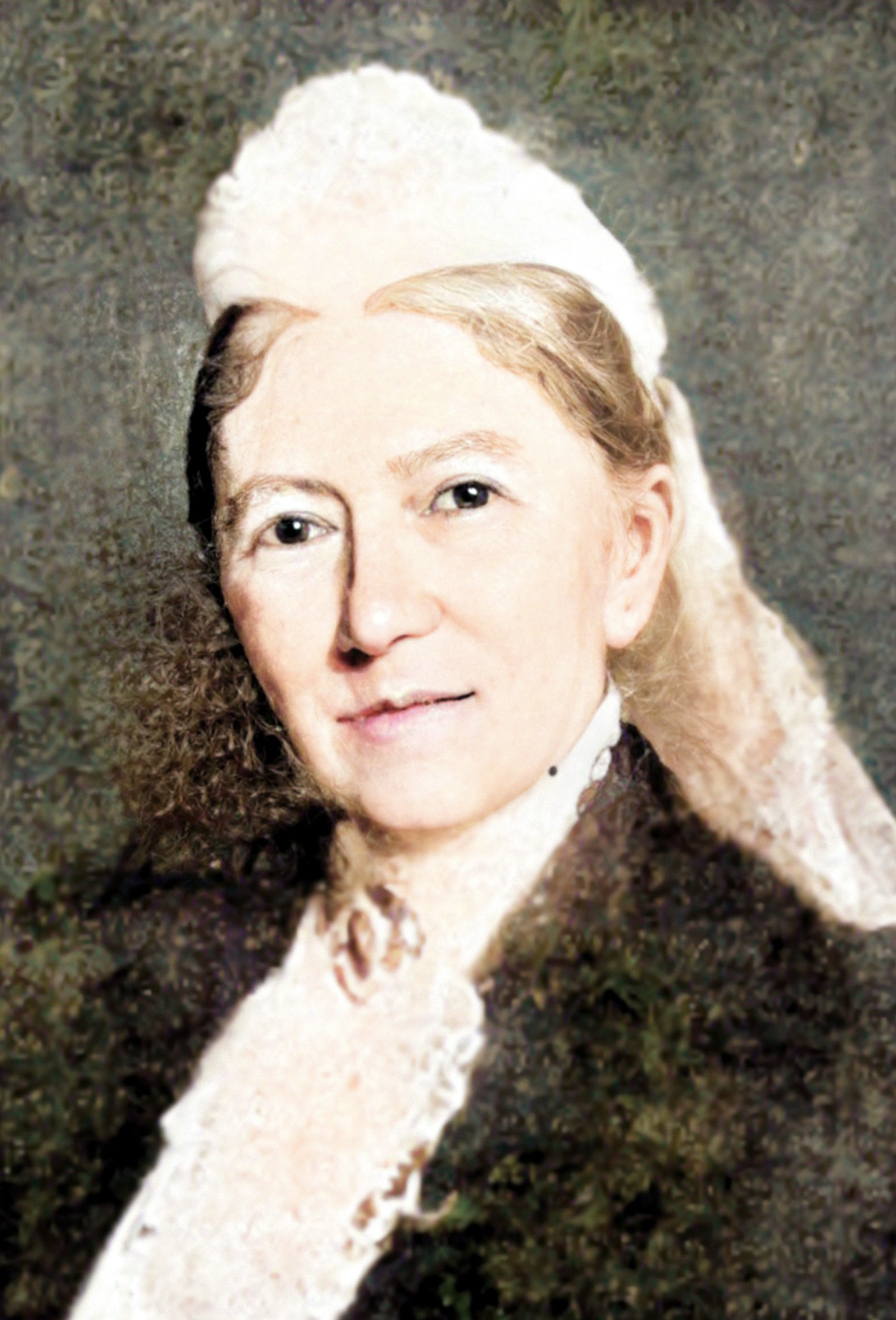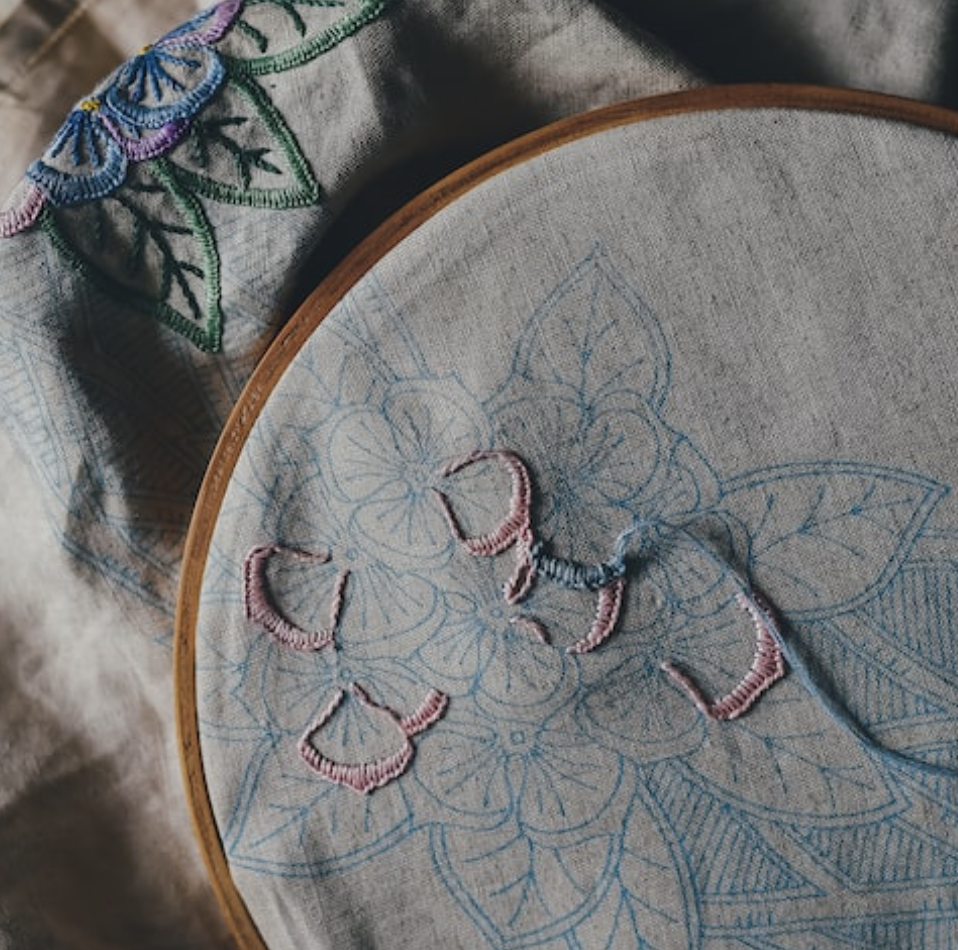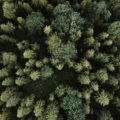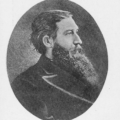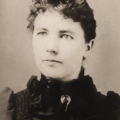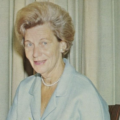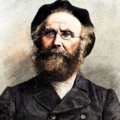Unusual Taxidermic Needlepoint with Scottish Naturalist Eliza Brightwen
"The bones were cleaned, boiled, and dried.
They were used as the wings for embroidered insects or leaves for flowers."
February 19, 1974
On this day, The Journal Herald out of Dayton, Ohio, published a little snippet about the naturalist Eliza Brightwen and her unusual needlepoint methods:
If you are tired of the same crewel and needlepoint your friends are making, you might try a different type of embroidered picture.
About 1880, Mrs. Brightwen, a famous botanist, began making embroidery pictures using the bones from the heads of fish such as haddock, whiting, or cod. The bones were cleaned, boiled, and dried. They were used as the wings for embroidered insects or leaves for flowers.
The design was usually embroidered on black velvet. The tiny fish bones were sewn into place in a pattern that was embellished with original embroidery.
This is not as odd as it might seem if you look today at the modern collages made with large animal bones, nuts, bolts, prune pits, and other ordinary materials.
This post was featured onThe Daily Gardener podcast:
helping gardeners find their roots,
one story at a time
